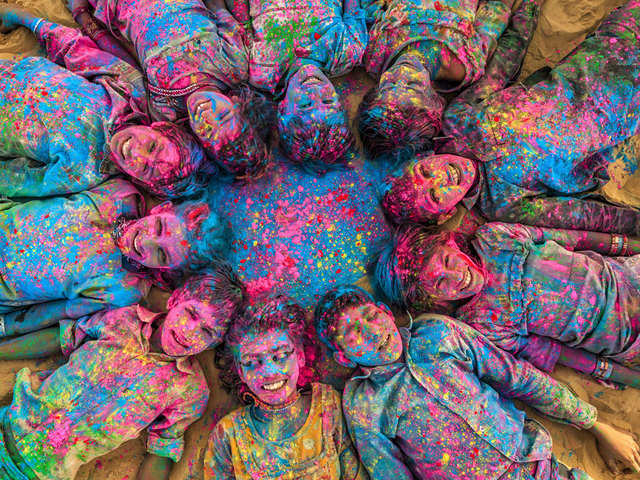A Deeper Look Into Holi
- Publish date: Friday، 26 March 2021 Last update: Tuesday، 30 March 2021

Holi, known as the festival of colors is a prominent festival for the Hindu’s where people play with colors, meet and greet one another and create new beginnings.
Tracing back to the history of Holi, Holi is associated with well known legends in India, Holi involves a number of rituals. Before the Holi festival people start collecting wood and other inflammable things for the bonfire for preparing the Holika pyre.
Following that on the first day of the festival Dahan or Chhoti Holi is celebrated. After sunset, people gather around the pyre, perform puja (prayers) and then light it. People even sing and dance around the pyre, as it symbolizes the triumph of good over bad.
The second day of Holi also known as Rangwali Holi, Dhulandi, Dhulandi, Phagwah or Badi Holi. This is the day when people apply dry colors called abir or gulal, pichkaris (water guns), water balloons filled with colored solutions and other creative things. You might even find groups of people with drums and other musical instruments on streets, dancing and singing their way from one place to another.
After all of the partying with colors for a new beginning comes the special feast featuring Gujiya that is a special sweet, which is made in every household in India during Holi. On the side the costumory drink of Holi is also made with possible other options of sweets such as gol gappe, papri chaat, dal kachori, kanji vada, dahi bhalle, chole bhature, and variety of namkeen.
After all is done and all rituals were practiced, people get ready as it would be the time for them to greet their families, relatives and friends.
Image source: TheEconomicTimes





